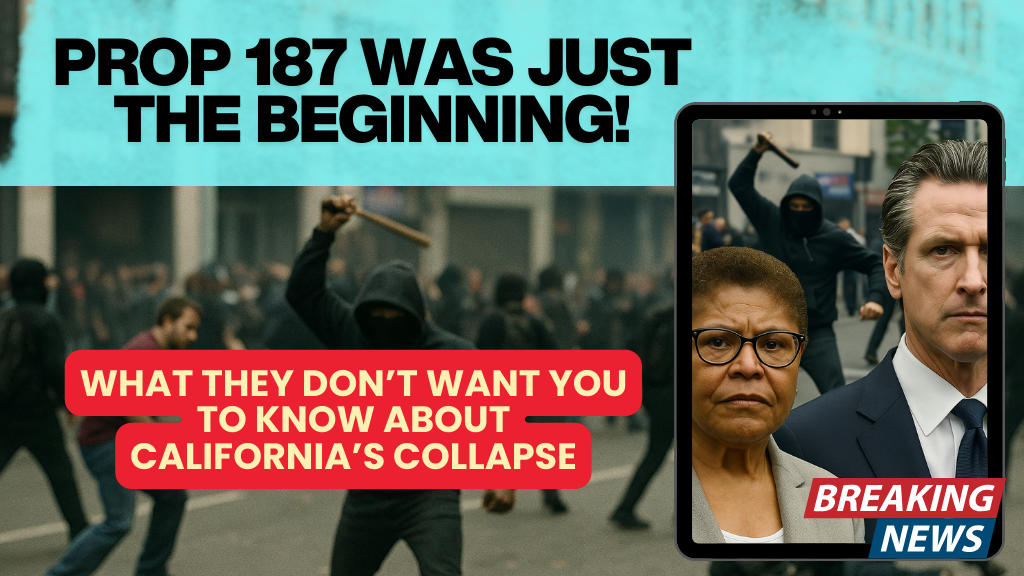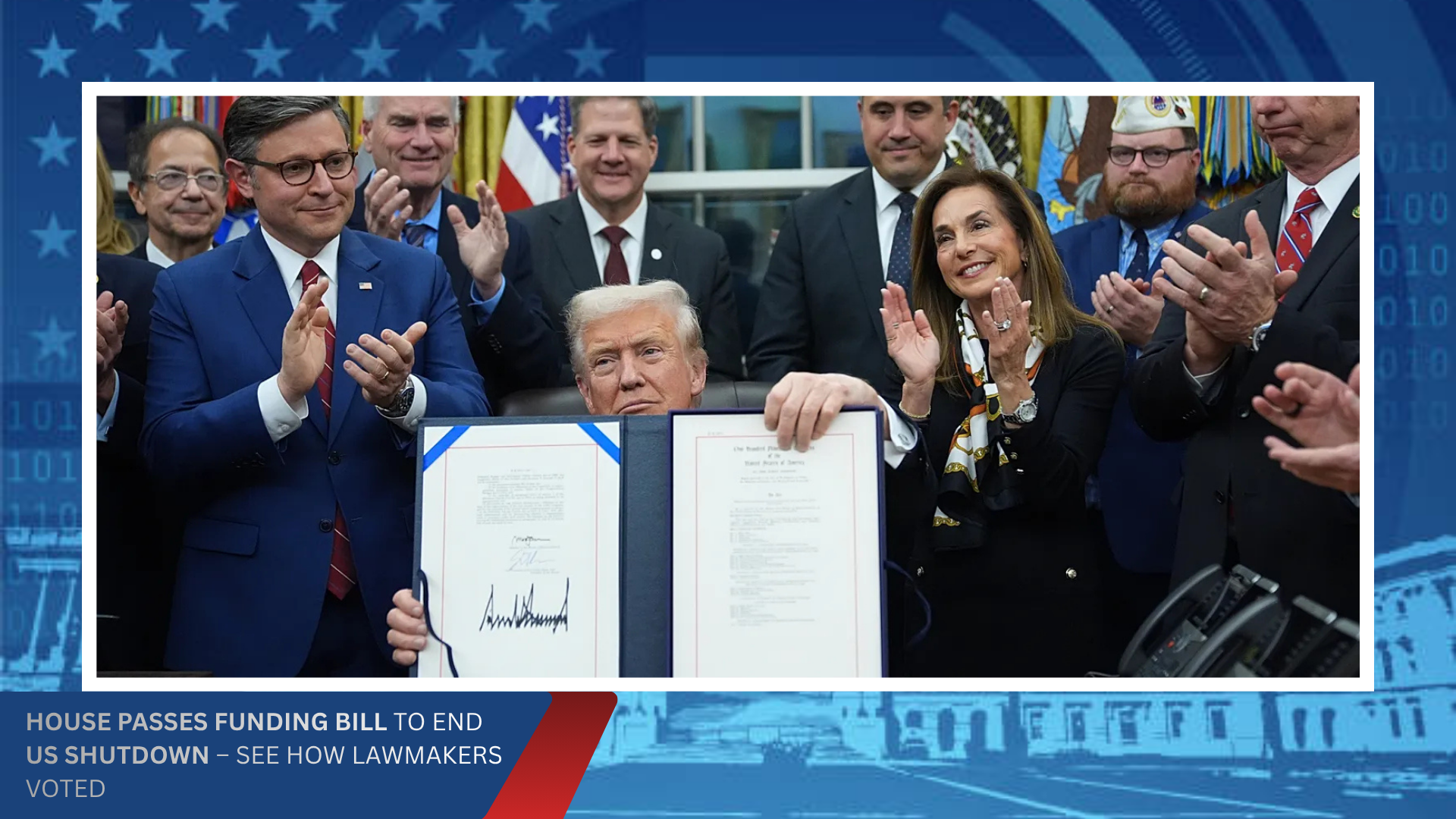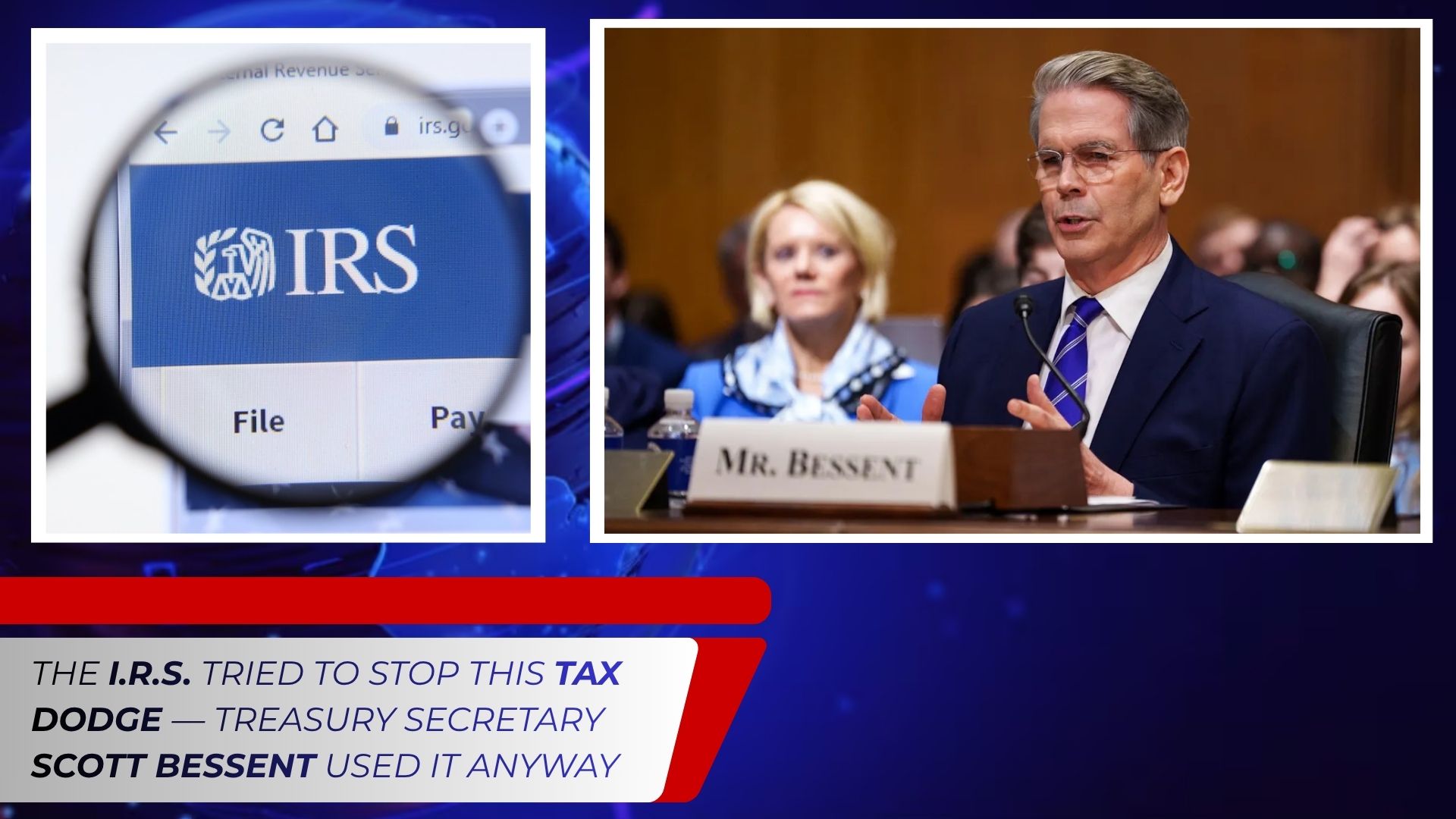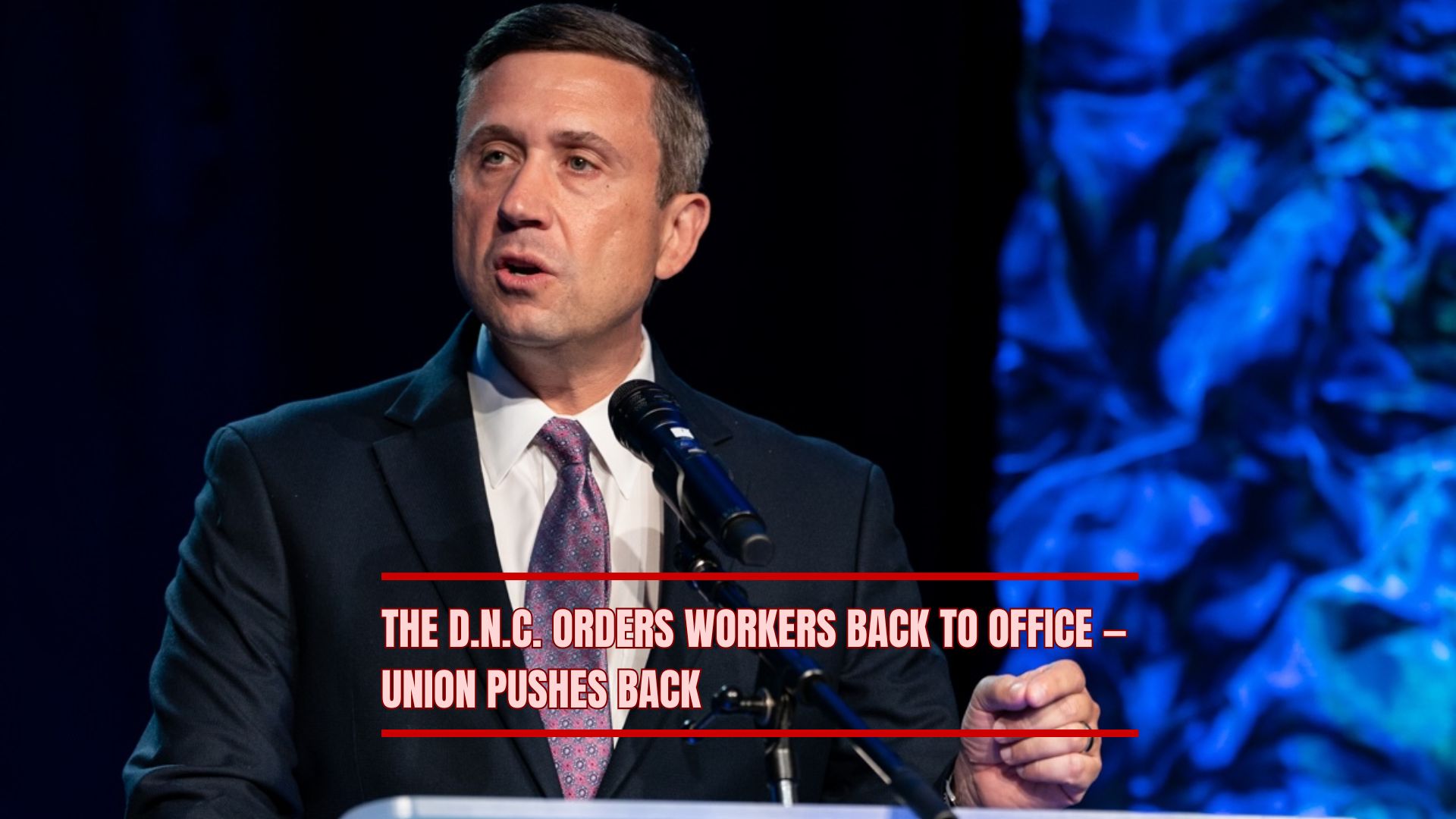The Unraveling: How California Lost the Thread
California in the 1990s was a paradox. It was the global epicenter of innovation, boasting Silicon Valley's rise and Hollywood's cultural reach. But beneath the surface, something was fracturing. The dream that once lured families from across the country and the world was splintering under the weight of social policy failures, cultural upheaval, and systemic neglect. The collapse of California as a cohesive, functional state didn’t happen overnight. It began with three interlocking forces: the rise of gangster rap, the failure of immigration reform, and an explosive convergence of homelessness and recidivism.
This is the story of how the Golden State lost its luster.
Part I: The Soundtrack of Dissent
In 1988, N.W.A. dropped Straight Outta Compton, and the seismic effect was immediate. It wasn’t just music. It was reportage. A raw, unfiltered portrait of urban decay, police brutality, and generational rage. And it scared people.
The establishment didn’t understand that gangster rap was not the cause but the symptom of systemic failures: redlining, broken schools, mass incarceration, and a disintegrating family structure in inner cities. But instead of investing in solutions, California politicians leaned into the optics of toughness.
By 1994, Governor Pete Wilson championed the "Three Strikes" law, a blunt instrument aimed at chronic offenders. But it disproportionately impacted minority communities already targeted by over-policing. The message from Sacramento was clear: we will police culture, not cure its causes.
Meanwhile, gangster rap became an industry. Record executives capitalized on the controversy, and the artists who once reflected despair became millionaires. But the streets remained the same—and worse.
Part II: The Borderline Crisis
In 1994, California passed Proposition 187 with nearly 59% support. It sought to bar undocumented immigrants from accessing public services, including schools and healthcare. The proposition, born of anxiety over demographic shifts and economic insecurity, marked a sharp turn from the state’s historically inclusive identity.
Immigration reform had long been kicked like a rusty can down Pennsylvania Avenue in Washington. But in California, the effects were immediate. Latino communities felt targeted. Children were pulled from classrooms. Families disappeared overnight.
The federal courts ultimately struck down Prop 187, but the damage was done. A generation of immigrants who had once aspired to become proud Californians now viewed the state with suspicion. Integration faltered. Political polarization deepened.
Ironically, California's economy continued to depend on the very communities it alienated. Agriculture, construction, domestic work—all sectors driven by immigrant labor. But these workers lived in legal limbo, exploited and invisible. When trust between government and people breaks down, it doesn’t manifest in headlines. It festers in silence.
Part III: The Streets of Forgotten Souls
By the early 2000s, homelessness had ballooned into a full-blown crisis. Los Angeles became the epicenter, with encampments sprawling from Skid Row to Venice Beach. The reasons were complex: deinstitutionalization of the mentally ill, skyrocketing housing costs, and the ripple effects of the War on Drugs.
But perhaps the greatest driver was recidivism.
California’s prison system was the largest in the nation. And its revolving-door nature became a feedback loop of dysfunction. Nonviolent offenders went in and came out hardened. Parolees were dumped onto the streets with little more than a bus token and a warning.
Policy makers launched a slew of initiatives: AB 109, Proposition 47, and a suite of homelessness programs. Billions were spent. Results were meager.
Why? Because the state had built a bureaucracy, not a bridge.
Service providers operated in silos. Zoning laws strangled affordable housing projects. NIMBYism blocked shelters. And all the while, the opioid crisis crept in, adding fentanyl to an already volatile mix.
By 2020, Los Angeles County alone had over 66,000 unhoused individuals.
Part IV: The Progressive Paradox
California’s political leadership leaned increasingly progressive. The rhetoric was utopian: sanctuary cities, universal basic income trials, and Green New Deals. But the gap between promise and performance widened.
In cities like San Francisco and Oakland, crime surged as district attorneys embraced decarceration. Retail theft became rampant, small businesses shuttered, and working-class neighborhoods felt abandoned. The very voters who once championed reform began asking uncomfortable questions.
Meanwhile, tech billionaires insulated themselves in fortified compounds or fled to Austin and Miami. They had disrupted the world but left their backyard to rot.
Governor Gavin Newsom, a polished product of San Francisco politics, found himself in a credibility crisis. His pandemic policies were draconian, yet inconsistently applied. His French Laundry scandal revealed the chasm between the ruling class and the ruled.
Part V: A State Without Gravity
California now exports two things: wealth and people. Between 2010 and 2022, over 6 million residents left the state. Some for affordability. Others for safety. Many for both.
Public school enrollment is down. Birth rates have plummeted. The middle class is hollowed out. And homelessness is no longer confined to urban centers. Sacramento, San Diego, Santa Ana—all bear the marks of decline.
What happens when a state built on optimism loses its narrative?
Political scientists call it a legitimacy crisis. When citizens no longer believe the state can fulfill its basic obligations—public safety, education, infrastructure—they disengage. Or worse, they radicalize.
Conclusion: The Road Back
Is California doomed? Not necessarily. But time is short.
To rebuild trust, leaders must stop pretending symbolism is substance. To fix homelessness, they must treat addiction and mental illness as emergencies, not lifestyle choices. To integrate immigrants, they must cut through red tape and elevate working-class dignity. To restore public order, they must marry justice with accountability.
The collapse began when the state turned its back on its own reflection. The road back begins when it dares to look again—clearly, honestly, and with resolve.
Until then, the California Dream remains a ghost, drifting through tent cities and broken schools, waiting to be reborn.









